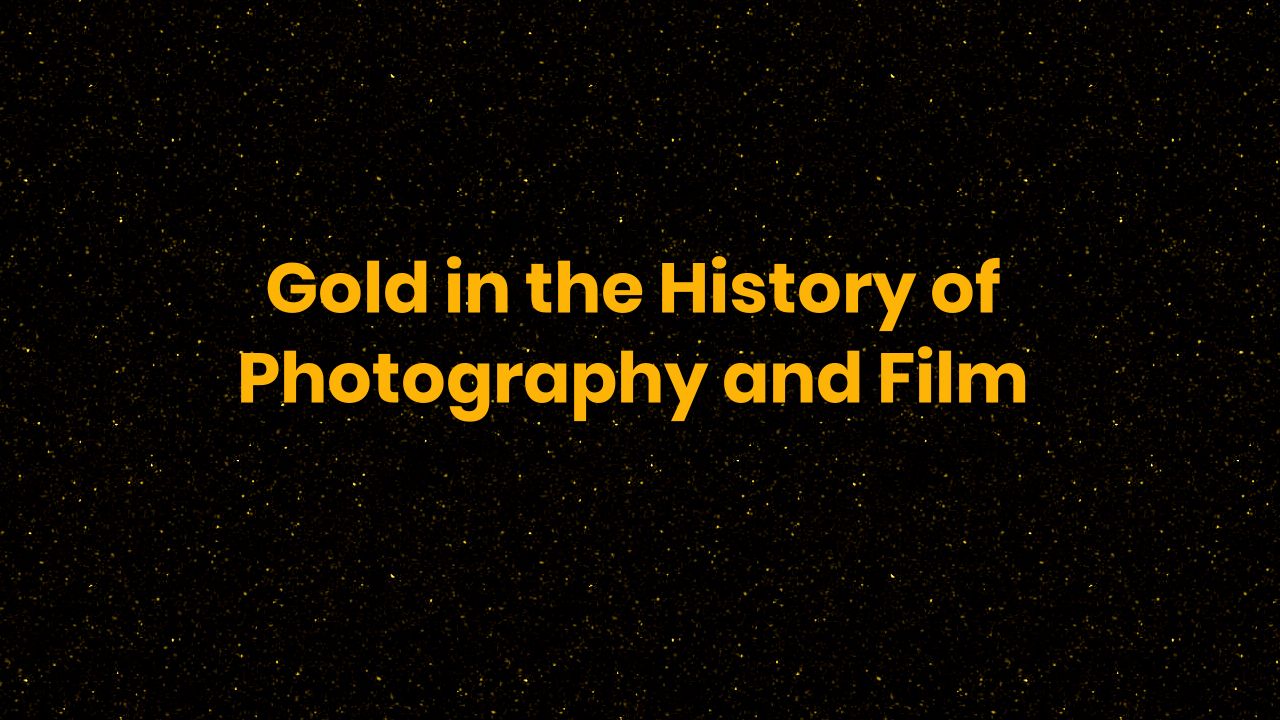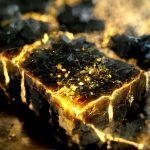
Table of Contents
The Importance of Gold in Photography and Film
Gold has played a significant role in the history and evolution of photography and film. Besides its aesthetic value, gold has unique chemical properties that make it a popular choice for photographic and film processes. Gold chloride or auric chloride, for instance, has been the basis for several photographic processes, including chrysotype or gold printing and platinotype. It was also used as a toning agent in both photography and filmmaking. The discovery of gold toning offered photographers and filmmakers a new way of enhancing the images’ stability, improving their contrast and extending their lifespan. Furthermore, gold has been used in color photography and in the production of motion pictures. Its malleability and ductility, combined with the ability to form alloys with other metals, make gold an ideal material for the manufacture of lenses and other precision instruments. Today, gold continues to play a crucial role in preserving the photographic and film heritage, and it holds great promise for the future of these vital artistic forms.
The Discovery of Gold Toning
The discovery of the tonal properties of gold arose as a result of a desire to improve the stability and permanency of photographic prints. Historically, photographic prints were prone to fading and deterioration, often suffering from a lack of tonal balance and contrast. The use of gold toners offered a solution to these issues. William Henry Fox Talbot, the inventor of the calotype process, is credited with the discovery of gold toning. By immersing his prints in a weak solution of gold chloride, Talbot discovered that the prints transformed into beautiful, warm-toned images with improved contrast and stability. Over time, gold toning became an essential part of photographic printing and processing, used by photographers worldwide to enhance the aesthetic and longevity of their work.
The Use of Gold in Color Photography
Gold plays a crucial role in the world of color photography, particularly in the production of color negatives. The process, known as the Kodacolor process, involves the creation of three individual dye layers using different color couplers. Each of the color couplers contains a trace of gold, which acts as a catalyst for the dye formation. Gold acts as a reducing agent, promoting the formation of unstable intermediates, which then couple with the developing color couplers. The resulting dye image is what creates the final color negative. The use of gold in color photography has revolutionized the medium, making it an accessible and versatile form of art for photographers worldwide.
Gold in the Film Industry
Gold plays a critical role in the film industry, particularly in the manufacturing of lenses and other optical instruments. Due to its malleability and ductility, gold can be shaped into ultra-thin plates, making it perfect for creating filters, which can control the amount of light entering a lens. Gold is also used in the formulation of emulsions, which are used in motion picture film. The use of gold in the film industry has enabled the creation of high-quality, visually stunning films that capture the viewers’ imagination and emotions.
The Role of Gold in the Preservation of Photographic Artifacts
Gold has been instrumental in the preservation of photographic artifacts. The use of gold toners, as mentioned earlier, has prolonged the life of photographic prints, preventing them from fading and deteriorating. Moreover, the use of gold in the creation of archival storage materials helps to ensure that photographic artifacts are kept in optimal conditions, free from damage due to corrosion or oxidation. Gold leaf, for instance, is used in bookbinding as a decorative and protective element. Its high resistance to tarnishing and corrosion has made it an ideal choice for preserving important historical and cultural documents.
The Future of Gold in Photography and Film
The future of gold in photography and film looks promising. The ongoing research and development in material sciences and technology have opened up new possibilities for the use of gold in these industries. For instance, gold nanoparticles are being investigated as a possible solution to create high-quality, ultra-thin film coatings, which may be used in various imaging applications. Also, the use of gold ions in radiation therapy for cancer treatment is showing positive results. Furthermore, the incorporation of gold in advanced digital sensors and displays has set the path for new possibilities for gold in the field of photography and film.
Summary and Conclusion
Gold has been an essential element in the history and evolution of photography and film. From its discovery as a toning agent to its vital role in color photography, gold has played multiple roles in these industries. Its unique chemical properties, combined with its malleability and ductility, have made it an indispensable component in the creation of lenses, optical filters, and other precision instruments used in photography and filmmaking. Moreover, gold has been instrumental in the preservation of photographic artifacts throughout the history of the medium. The future of gold looks promising, with ongoing research and development demonstrating new possibilities for gold in the field of photography and film. Hence, it is safe to say that gold will continue to play a critical role in art and technological advancement in the years to come.





